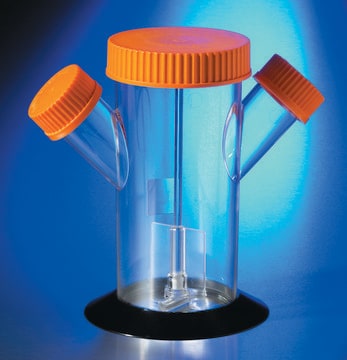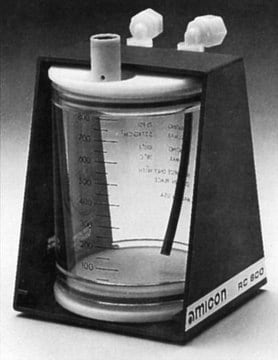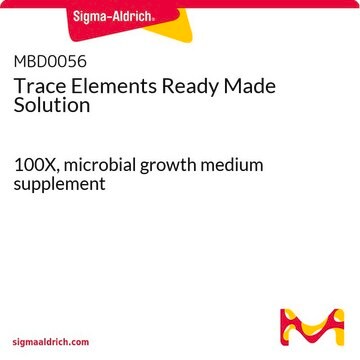SL2
Sigmacote®
siliconizing reagent for glass and other surfaces
Synonym(s):
chlorinated organopolysiloxane in heptane, siliconizing reagent for glass
About This Item
Recommended Products
biological source
synthetic
Quality Level
color
colorless
density
0.68 g/cm3
application(s)
hematology
histology
storage temp.
2-8°C
General description
Application
Biochem/physiol Actions
Legal Information
related product
signalword
Danger
Hazard Classifications
Aquatic Acute 1 - Aquatic Chronic 1 - Asp. Tox. 1 - Eye Irrit. 2 - Flam. Liq. 2 - Skin Irrit. 2 - STOT SE 3
target_organs
Central nervous system
Storage Class
3 - Flammable liquids
wgk_germany
WGK 2
flash_point_f
24.8 °F - closed cup
flash_point_c
-4 °C - closed cup
Choose from one of the most recent versions:
Certificates of Analysis (COA)
Don't see the Right Version?
If you require a particular version, you can look up a specific certificate by the Lot or Batch number.
Already Own This Product?
Find documentation for the products that you have recently purchased in the Document Library.
Related Content
Learn about the clinical study of blood, blood-forming organs, and blood diseases including the treatment, prevention, and stains and dyes used in hematology testing.
Our team of scientists has experience in all areas of research including Life Science, Material Science, Chemical Synthesis, Chromatography, Analytical and many others.
Contact Technical Service












